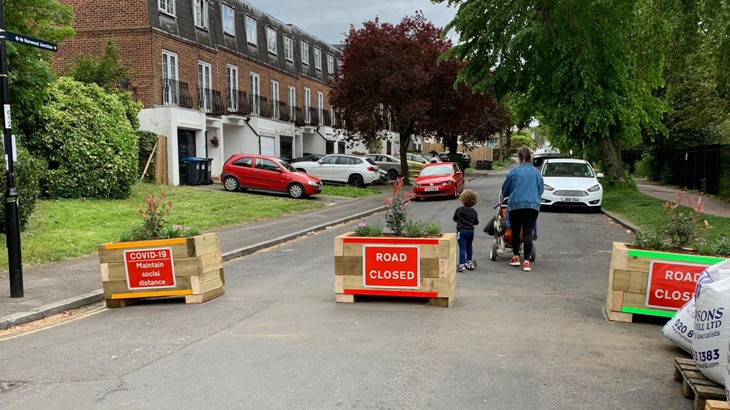
What are Low Traffic Neighbourhoods?
There have been big increases in the amount of traffic on residential streets over the past few decades. This has resulted in more noise and air pollution as well as a greater danger on roads.
To address this problem, some local authorities have put in place filters such as bollards or planters, through which people can walk or cycle, but not drive.
Other local authorities have taken a more strategic, holistic approach, and removed through-traffic from entire residential areas..
This application, known as a Low Traffic Neighbourhood (LTN) is widespread in the Netherlands. It means that private motorised vehicles can still access all homes and businesses, but they cannot cross through a neighbourhood. People can therefore only travel through the area on foot, wheel, bicycle or bus.
What makes them so good for communities?
Low Traffic Neighborhoods have been proven to significantly reduce traffic volumes, both in the residential streets and across the entire residential area.
This is known as traffic evaporation – when short trips previously made by cars are now taken by other modes, such as by foot or bike.
Low traffic neighbourhoods have also shown to:
- increase physical activity through walking, wheeling and cycling
- benefit local businesses
- create new public leisure spaces
- deliver improved air quality
In light of this, Low Traffic Neighbourhoods can be described as a public health tool rather than a transport tool.
This knowledge sharing session explores the different ways in which towns and cities across Scotland can implement Low Traffic Neighbourhoods so that local communities can reap the benefits of this simple, cost-effective measure.
Note: the examples shown are in no way prescriptive and are for information only. Where specific products are shown in this document, this does not constitute Sustrans’ endorsement of that product.